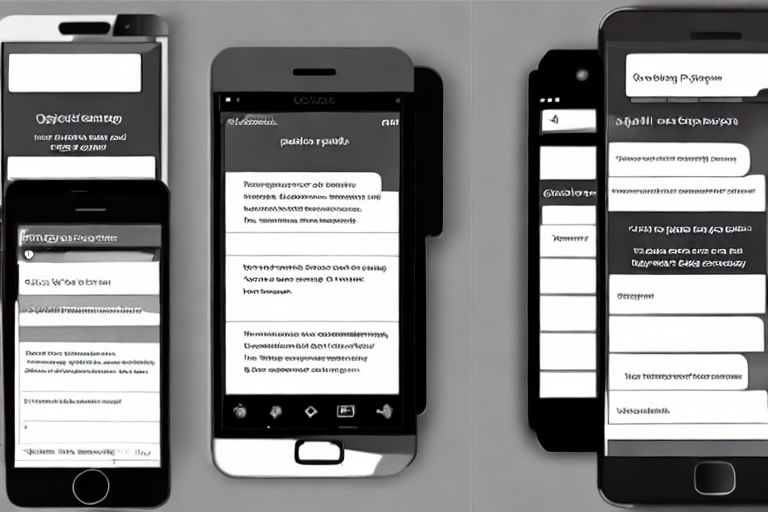The History of Fashion: A Journey Through Styles and Trends
Introduction
Fashion, the ever-evolving canvas of self-expression, holds a mirror to the cultural, social, and political landscapes of its time. This article traces the captivating history of fashion, from its ancient roots to its modern manifestations.
Ancient Times
- Prehistoric Era: Functional clothing made of animal skins and plant fibers.
- Mesopotamia: Elaborate garments adorned with embroidery and jewelry.
- Ancient Egypt: Linen tunics, draped dresses, and intricate headdresses.
Medieval Period
- Early Middle Ages: Functional and modest clothing for all classes.
- High Middle Ages: Emergence of fitted gowns and elaborate hairstyles.
- Late Middle Ages: Distinctive headwear, such as the hennin and chaperon.
Renaissance and Reformation
- Renaissance: Revival of classical styles, with elaborate fabrics and rich colors.
- Reformation: More sober and utilitarian clothing, reflecting religious austerity.
18th and 19th Centuries
- Rococo: Frivolous and ornate gowns and wigs.
- Neoclassicism: Inspired by ancient Greece and Rome, featuring simple lines and white fabrics.
- Victorian Era: Bustles, corsets, and layered fabrics.
20th Century
- Edwardian Era: Flowing gowns, large hats, and corsetry.
- 1920s: Flapper style, characterized by short skirts and low necklines.
- 1930s: Bias-cut gowns and tailored suits.
- 1940s: Wartime rationing and utility clothing.
- 1950s: The "New Look" by Dior, with cinched waists and full skirts.
- 1960s: Youthful rebellion, with miniskirts and bold colors.
- 1970s: High-waisted pants, bohemian styles, and disco attire.
- 1980s: Power dressing, bright colors, and oversized silhouettes.
- 1990s: Grunge and minimalism.
21st Century
- 2000s: Streetwear and athleisure.
- 2010s: Sustainability, diversity, and inclusivity.
- Present: A blend of past trends with a focus on individuality and self-expression.
Conclusion
Fashion has evolved continuously throughout history, reflecting the evolving tastes, values, and aspirations of humanity. From the draped tunics of ancient Egypt to the avant-garde designs of the 21st century, fashion has been an integral part of our cultural tapestry.



